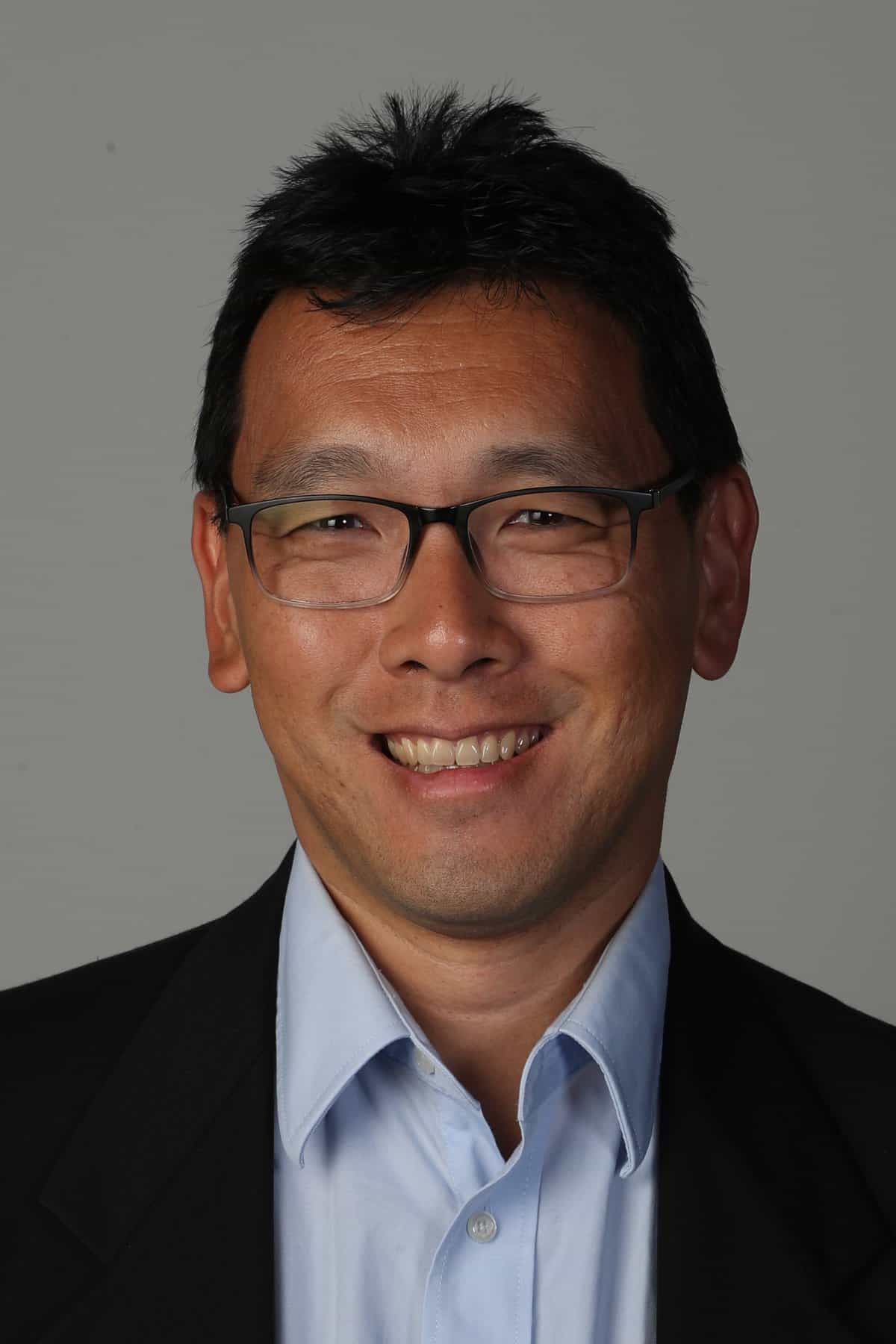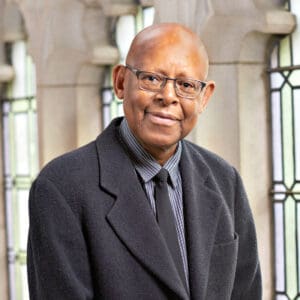 As we approach the end of Asian American, Native Hawaiian, and Pacific Islander Heritage Month (the inclusion of Native Hawaiians occurring in 2021), here are a few quick-takes about this diverse collection of people groups. We should acknowledge that this is a socially constructed term in a society that racializes people based on phenotype and the assumptions and stereotypes built into it. That said, as a college professor and parent I ask myself: In light of this social reality, what do I want students and my child and his friends to know about this group other than its geopolitical and racial connotations?
As we approach the end of Asian American, Native Hawaiian, and Pacific Islander Heritage Month (the inclusion of Native Hawaiians occurring in 2021), here are a few quick-takes about this diverse collection of people groups. We should acknowledge that this is a socially constructed term in a society that racializes people based on phenotype and the assumptions and stereotypes built into it. That said, as a college professor and parent I ask myself: In light of this social reality, what do I want students and my child and his friends to know about this group other than its geopolitical and racial connotations?
Asian American (In)Visibility and Vulnerability in U.S. History
Can you name a prominent Asian American who is not an actor or athlete? This is a question I ask my students every semester when I teach the Sociology of Race and Ethnicity on the topic of Asian Americans from a sociological perspective. If your experience in U.S. primary, secondary, and sometimes even college experience is like mine, you were never presented with any awareness of Asian Americans who were part of history as seen through great individual change-makers. Perhaps you may have at least heard about the contributions of Asian Americans. Back in 1992, when Congress established Asian American and Pacific Islander Heritage Month, it was done in the context of the 150th anniversary of the first Japanese immigrant (1843) and the 123rd anniversary of the transcontinental railroad (1869), completed in large part through the work of Chinese immigrant laborers. But since then historians have unearthed some important insights that change the way we conceptualize Asian American contributions to society. Historian Erika Lee summarized the findings that Filipinos likely were part of the first voyages of Spanish ships that set sail from Manila after a viable path to the other lands of New Spain on the other side of the Pacific Ocean were identified. New Spain, as you’ll recall, included what we call the western states of the U.S. and Texas. If we count those initial voyages in the same way we count Christopher Columbus’ voyages, Filipinos have been part of North American history since as early as 1565. And if we only count the presence of Filipinos during the official territorialization of New Spain, then we could use 1769 as our starting point, according to Lee and her sources.
Portuguese slavers brought Asian (largely from India and Southeast Asian areas under the Portuguese empire) and African slaves to Manila to be traded to Spanish slavers. In this way, African slaves numbering in hundreds of thousands and Asian slaves numbering in the thousands were brought to New Spain and Brazil. And between these two time points, evidence shows that Japanese and Chinese travelers (often official representatives of their nations) sometimes remained in New Spain in areas we know as Baja, CA, and Acapulco, Mexico.
For some, these historic threads are not sufficient (while insisting that Jamestown still counts, but that’s another story for another post) and may insist that contributions to the United States should fall on or after the Declaration of Independence, 1776, and that it should only include people groups in the areas seized and controlled by the United States. Fair enough. Again Dr. Lee’s historical synthesis reveals that “Chinese, Malays, Japanese, and Moors” arrived with the Pallas in Baltimore Harbor in 1784. And if one wanted to know when the first Asian community was settled, we can look to a Filipino village near New Orleans in the 1840s, around the same time that the first Japanese immigrant, Manjiro (renamed John Mung), arrived (alone) who would later become a U.S. ambassador who helped open Japan to trade with the U.S.
To me, this means that from the start, Asian America was already diverse, and each ethnic group was treated differently depending on white American and European encounters of them in their colonization and imperial reach over the Asian continent. And the continued revelations of Asian peoples in the Americas, largely from the Philippines and Southeast Asia, also means that we need to shift our tendency to foreground East Asian groups and instead follow the realities of the historical record.
The Changing Present-Day of Asian America
Getting to those historical truths is an important matter and something I try to emphasize to my students, who are likely asking (they won’t tell me this in person), “What does this have to do with Asian Americans today?” My short answer is this: The numbers of Asian Americans today are fast-growing, faster than any other racialized group in the U.S. While that implies that most Asian Americans have a shorter personal history in the United States compared to many white, Black, and Latinx Americans, it does not mean that Asian Americans have no historical stake in the making of this nation. If anything, we have greater clarity through the work of historians, and we need to bring these observations into the minds of the current generation in our primary and secondary schools and colleges and universities.
With that context in mind, I then dive into my wheelhouse: current statistical research on Asian Americans. I could write a lot of posts over this, but for now I want to emphasize some of the unusual features of Asian America that readers may not know about (but should). First, Asian Americans are about 7 percent of the United States population, or over 20 million people. As alluded to earlier, the majority of Asian Americans are foreign-born (about 60% percent). This is due in large part to the revisions in immigration dating back to the 1965 Hart-Celler Act. Since then, immigration flow to the United States has largely been from Asia and Latin America. But Latinx Americans have diverse migration histories, and most are actually U.S.-born, contrary to the stereotype. But this distinguishing characteristic of having more immigrants than U.S.-born Asian Americans may see several shifts in the decades ahead.
Since 1965, there has not been one single ethnic group that was the majority of all Asian Americans. In an historic change, for the first time Chinese Americans (specifically those who only selected that ethnicity on the 2020 Census) had a smaller population than South Asian Indians (4.19 million versus 4.28 million). And if population decline in China, as well as Japan and Korea, is any indication, we should see a decline in the foreign-born populations from these nations in the decades ahead.
But another important change that doesn’t get a lot of discussion is the rapid growth of mixed-race Asian Americans. Since 2000, Americans have been allowed to select multiple racial labels on the Census and this results in the possibility of reporting various mixed-race populations. The Asian American mixed-race example is one worth mentioning. For example, while South Asian Indian (those who selected only one ethnicity) now outnumber single-ethnicity Chinese Americans, the inclusion of mixed-race Chinese Americans actually returns Chinese Americans as the most numerous. In other words, there are 5.24 million Chinese Americans, including those with mixed-racial backgrounds, and there are 4.80 million Indian Americans including those with mixed-race backgrounds. But wait, there’s more! Our largest six Asian ethnic groups make up over 80 percent of Asian Americans, so we tend to focus on their numerical presence more so than others. Of the top six groups, there is considerable difference in the composition of single-ethnicity and mixed-race individuals. At one extreme, only 11 percent of South Asian Indians report more than one race in the Census, but about 54 percent of Japanese Americans now report more than one race. Japanese Americans are the first group of the largest six to show a composition where the mixed-race are now the majority of that ethnic group. If this trend continues for the other ethnic groups, we would expect that, over the next decades, Filipino, Korean, Chinese, Vietnamese, and South Asian Indians will gradually become mixed-race dominant.
Admittedly my historical knowledge of Native Hawaiians and Pacific Islander Americans is rudimentary at best, but I can share another important statistical insight that highlights changes for those ethnic groups using the same observation made earlier.
While Asian Americans are slowly becoming more mixed-race, the majority of Hawaiians today (73 percent) report having multiple racial backgrounds. Samoans and Chamorro are at the 50-percent line as well, which suggests that the dominance of mixed-race Native Hawaiian and Pacific Islander populations is already here.
All told, we have more resources now than ever before to bring Asian American roots into the light of the mainstream of American history. And it is all the more important as we see the composition of Asian America change into one that includes multiple groups and their histories as well.
 Jerry Z. Park (Ph.D. in Sociology, University of Notre Dame) is an Associate Professor of Sociology at Baylor University. His research interests focus primarily on Asian Americans covering a wide range of topics including individual religiosity, minority-dominant religious community effects, pan-ethnic/racial identity meanings, racial and religious nationalism, generational transmission of religious and ethnic culture, civic volunteering, stereotype effects, perceived discrimination, employment bias, and identifying/measuring racialized religion in American surveys.
Jerry Z. Park (Ph.D. in Sociology, University of Notre Dame) is an Associate Professor of Sociology at Baylor University. His research interests focus primarily on Asian Americans covering a wide range of topics including individual religiosity, minority-dominant religious community effects, pan-ethnic/racial identity meanings, racial and religious nationalism, generational transmission of religious and ethnic culture, civic volunteering, stereotype effects, perceived discrimination, employment bias, and identifying/measuring racialized religion in American surveys.






